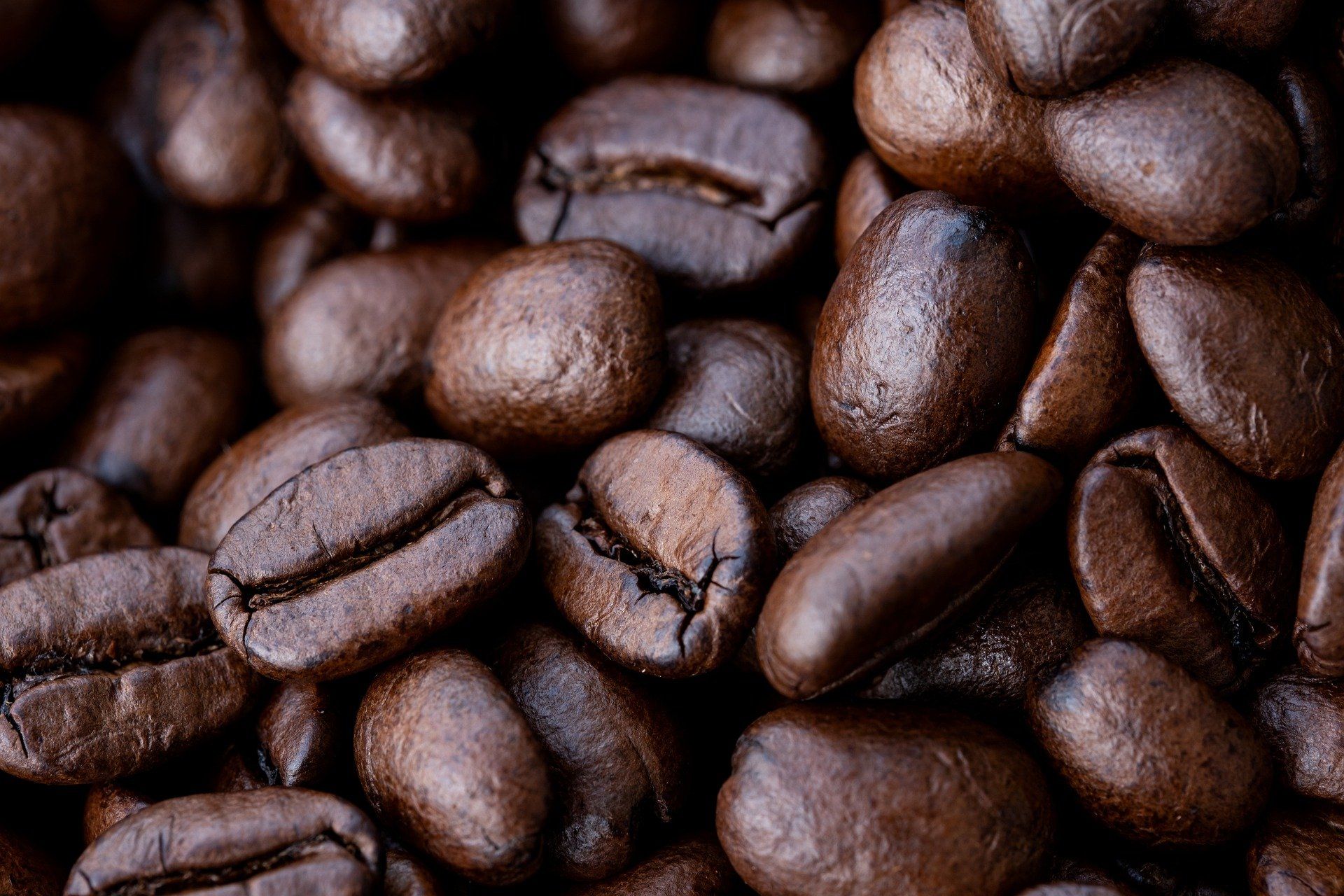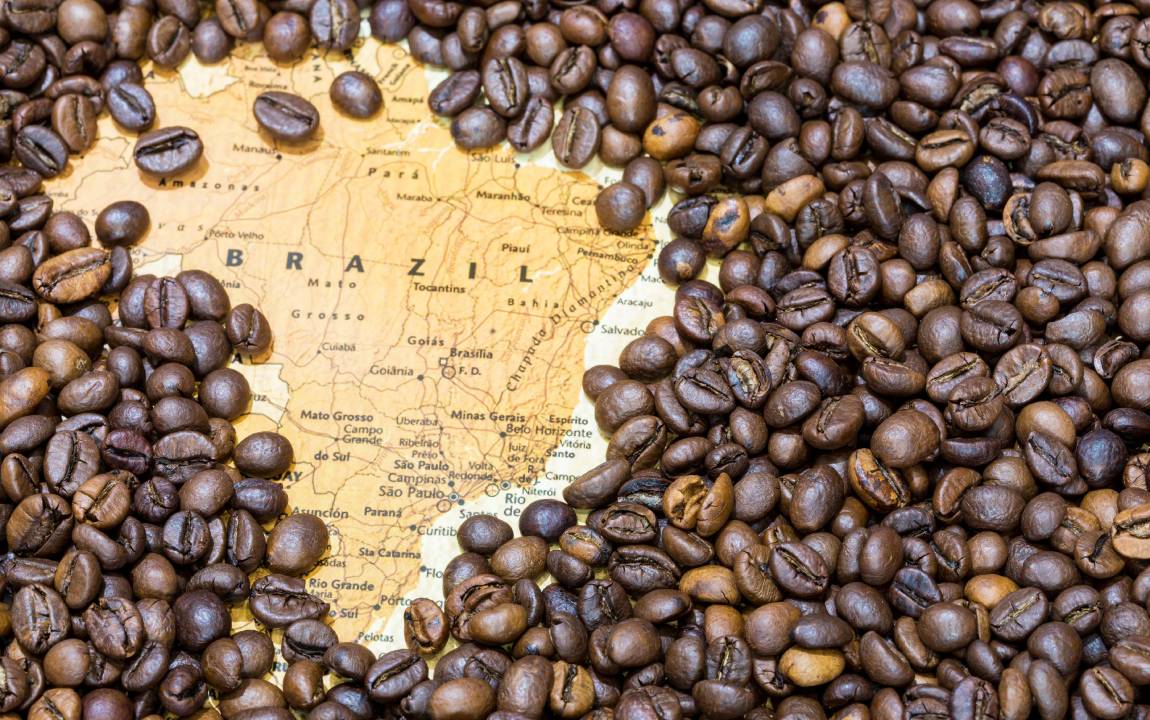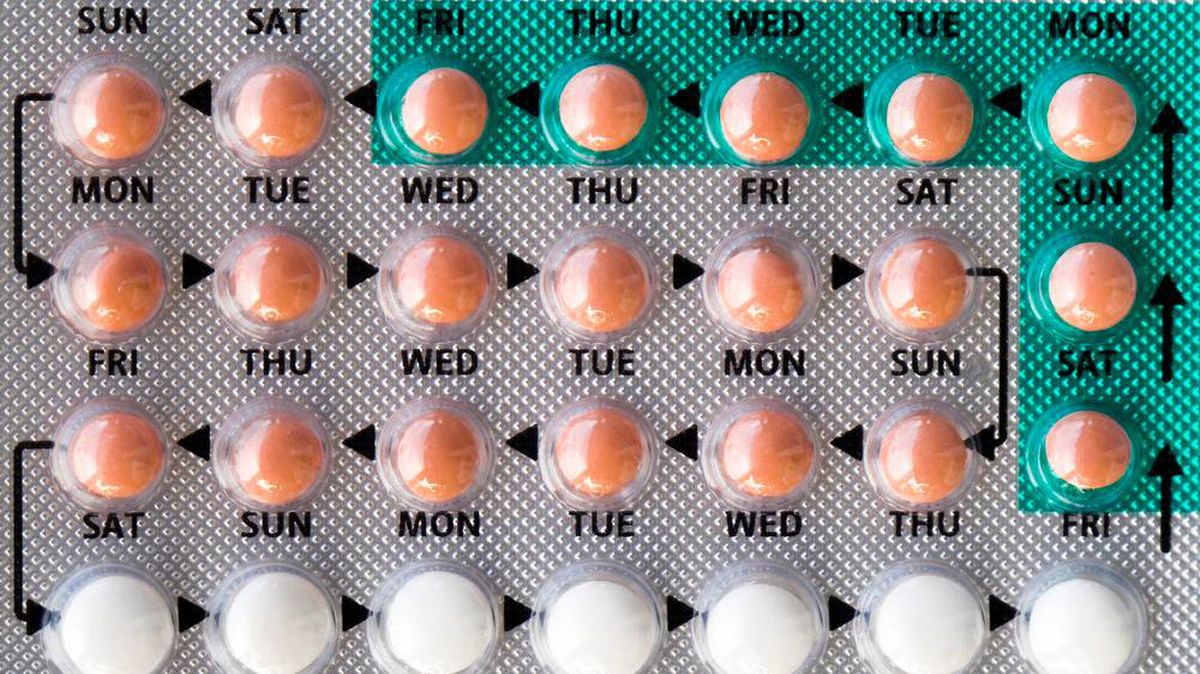
An espresso machine might seem like a complex piece of equipment, but its operation can be broken down into several straightforward steps. From grinding the beans to delivering the final shot of espresso, each part plays a crucial role in creating that perfect cup. Let us delve into how a Kawa do espresso machine works:

- Grinding: It all begins with freshly roasted coffee beans. These beans are ground to a fine consistency, resembling powdered sugar. The quality of the grind is vital as it affects the extraction process, influencing the taste and aroma of the Kawa do espresso.
- Portafilter: The ground coffee is then dosed into a small, perforated basket known as a portafilter. This basket is attached to the group head of the espresso machine. The portafilter holds the coffee grounds in place during the brewing process.
- Tamping: Once the coffee is in the portafilter, it needs to be evenly compressed or tamped. This step ensures uniform extraction by creating a level surface for the water to pass through. Proper tamping requires consistency and pressure control to avoid over or under-extraction.
- Pre-infusion: The portafilter, now filled with tamped coffee grounds, is locked into the group head. The machine then initiates a pre-infusion stage where a small amount of water is gently applied to the coffee puck. This step allows the coffee to bloom, releasing trapped gases and preparing the grounds for full extraction.
- Extraction: With pre-infusion complete, the espresso machine pumps hot water through the compacted coffee grounds at high pressure. The pressurized water extracts the flavors, oils, and solubles from the coffee, resulting in the concentrated shot of espresso.
- Pressure and Temperature Control: Espresso machines maintain precise control over both pressure and temperature throughout the brewing process. Typically, espresso is brewed at around 9 bars of pressure and at temperatures ranging from 195°F to 205°F (90°C to 96°C). These parameters ensure optimal extraction without scalding or underwhelming the coffee.
- Shot Timing: A well-calibrated espresso machine also regulates the shot duration. A typical shot of espresso should be extracted within 25 to 30 seconds. Deviations from this timeframe can affect the flavor profile of the espresso.
- Dispensing: Finally, the freshly brewed espresso is dispensed from the portafilter into a waiting cup. The result is a rich, aromatic shot of espresso with a layer of crema—a creamy emulsion of oils and gases that indicates a well-prepared espresso.
An espresso machine combines precision engineering with careful technique to produce the beloved beverage enjoyed by millions worldwide. From grinding the beans to extracting the perfect shot, each step contributes to the art and science of espresso-making.






